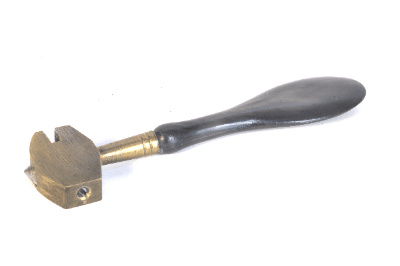What Is Glass Cutting Machinery?
 Glass Cutting Machinery is a generic term for machines used for cutting glass.
Glass Cutting Machinery is a generic term for machines used for cutting glass.
Glass processing begins with the cutting of glass sheets, which are made in constant dimension, mainly in inches, to the required size, the original size.
Regular dimensions range from sub-loc boards (3ftx6ft = 36inches x 72 inches = 914mm x 1829mm), such as gypsum board or plywood, which are sold at home improvement stores and can be easily moved by hand, to ceiling clays, such as 96inches x 144inches = 2438mm x 3658mm), to sizes that can only be transported with an overhead crane.
Principle of Glass Cutting Machinery
The principle of glass cutting machinery is to first make a scratch on the surface and then cut that area. When making the scratch, the force applied to the cutter must be in one direction or the material glass will crack and cannot be cut cleanly.
The cutting machinery or manual glass cutting machinery is designed to release oil from the cutting edge of the wheel cutter. This is to allow oil to enter the scratched surface so that the glass can be split along the scratches smoothly. If the scratches were broken without oil, the glass would break (a failure of cutting described as “running”) instead of following the scratches made on the glass.
Glass cutting may be done manually with a tool called a glass cutter. In such cases, the quality of the process depends on the skill of the craftsman for the reasons mentioned above and the condition of the cut.
Uses of Glass Cutting Machinery
Glass cutting machinery is the first thing used in glass processing. After that, the glass is heated and shipped as a finished product.
The most important characteristic of glass material, which is its tendency to break easily, is used to deform it and apply it to a variety of products.
Other Information on Glass Cutting
Glass Cutting Procedure
In this section, we mainly use architectural and industrial glass (thicknesses from 2 mm to 19 mm) as an example.
The general procedure for cutting glass is as follows:
1. Preparation for cutting
Place the glass cutting machinery on the cutting table and prepare for cutting by checking the horizontal right angle.
If cutting is performed under automatic control, control the machine on the computer to prevent unnecessary processing before cutting. If there is no difference between vertical and horizontal glass, such as transparent glass, it can be used efficiently. However, for patterned mold glass and other types of glass, vertical and horizontal use may or may not be possible, so careful consideration should be made before cutting. Once the cutting simulation and the calculation of the usability and loss ratio have been completed, the cutting process can proceed.
2. Scratching the glass surface
Cutting glass is more like breaking than cutting. The main component of glass is crystalline silicon oxide, but its molecular structure is amorphous crystal, not crystalline structure as typified by metals.
It has a property of irregular structural breakage, which is used to cut glass in reverse. The glass dimensions are aligned by scratching the surface and applying force to break the glass along the scratches. A rotating blade called a wheel cutter is used to make scratches on the glass surface.
3. Cutting
The scratched area is manually folded to cut the glass. When cutting by machine, the machine uses the same principle as an NC lathe. The wheel cutter head runs at the target coordinates in the X and Y directions, and the wheel cutter head runs at the exact dimensions to make scratches on the bare glass surface.
After the wheel cutter head runs, the operator breaks the glass. Since the table of the glass cutting machinery is equipped with a breaking platform that lifts the glass along the scratches that the wheel cutter head has run along, the operator can break the bare glass accurately by lifting only the scratched area.
The above cutting process method is used to take advantage of the breakable characteristics of glass.